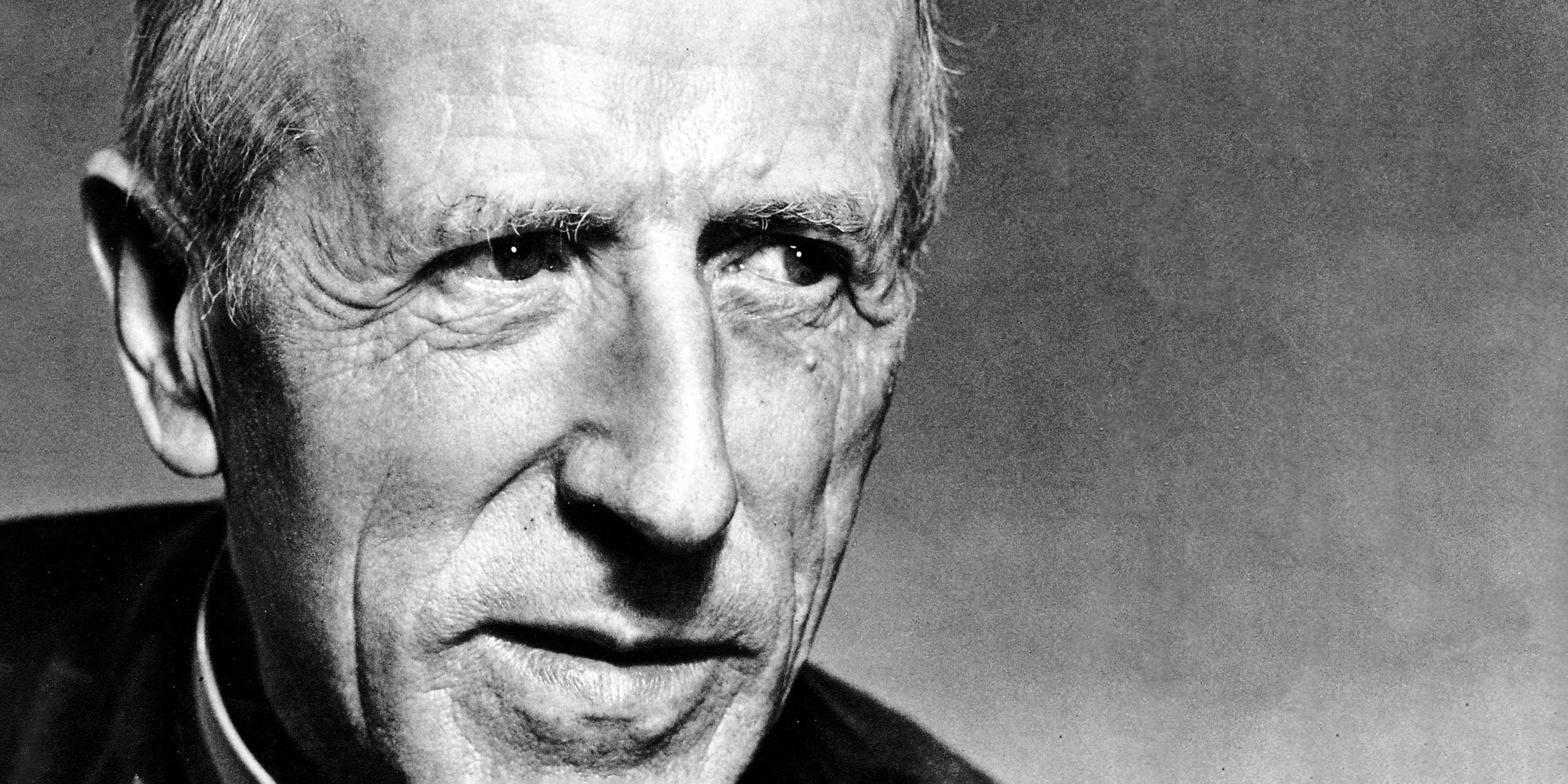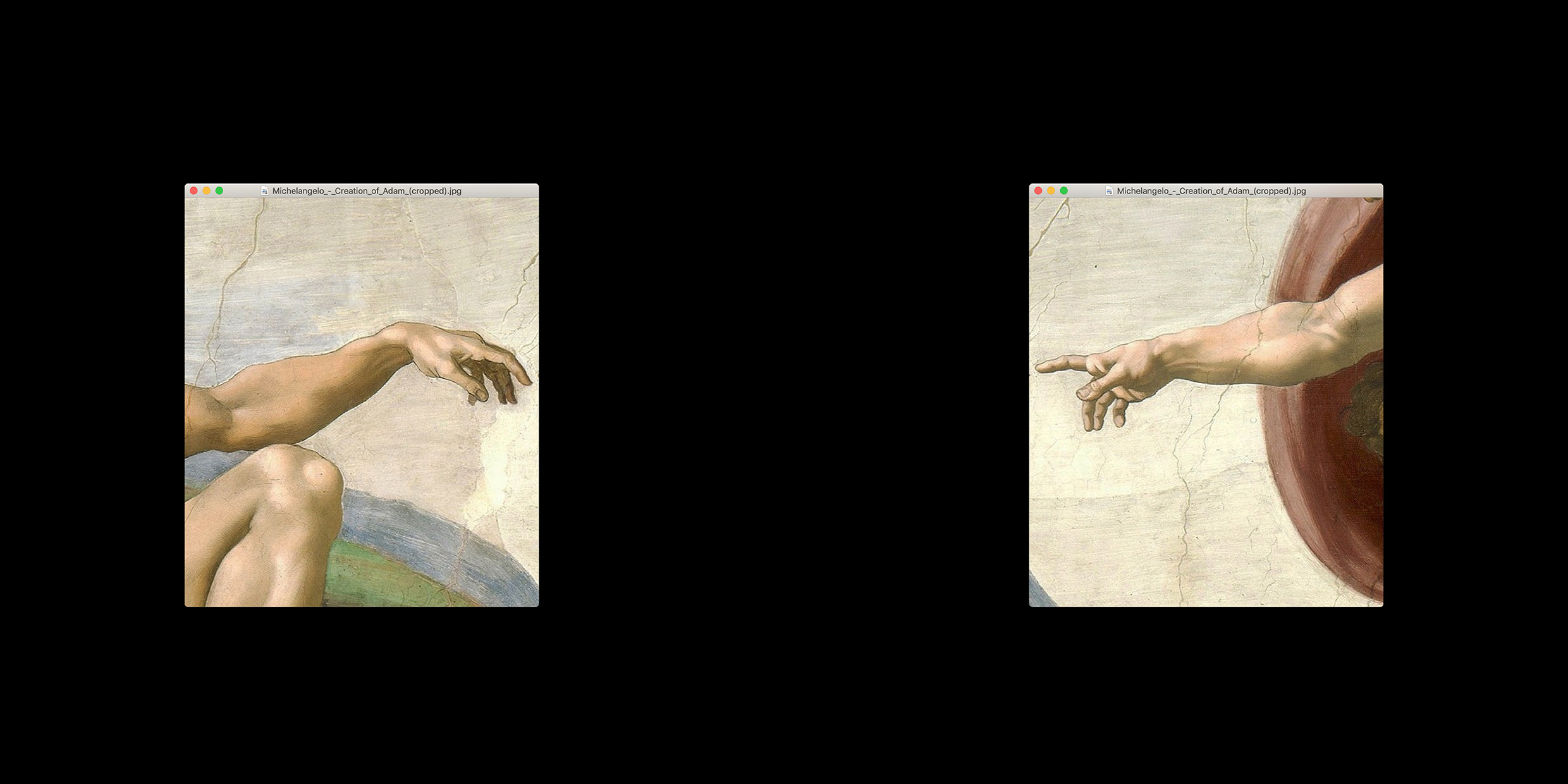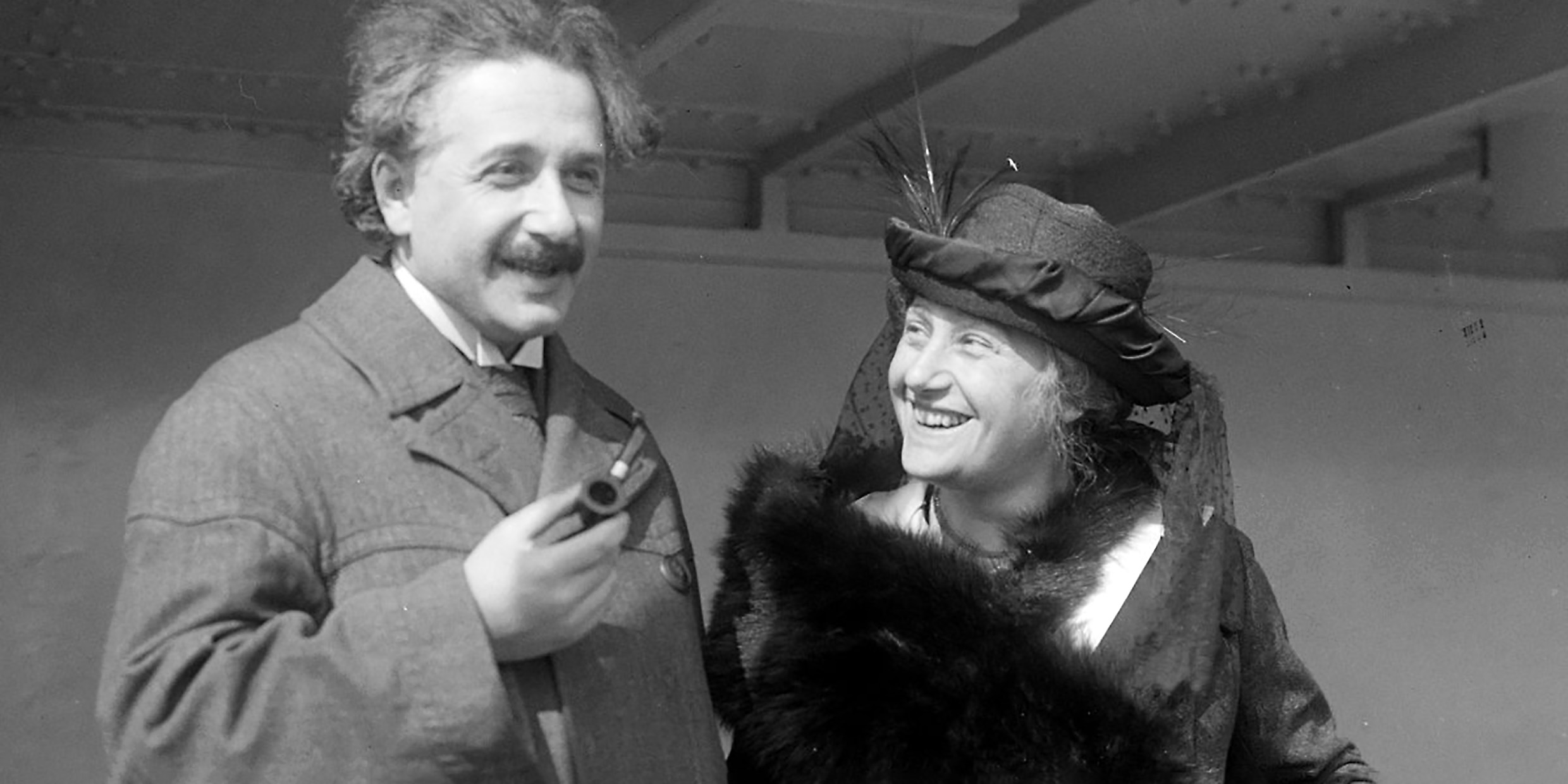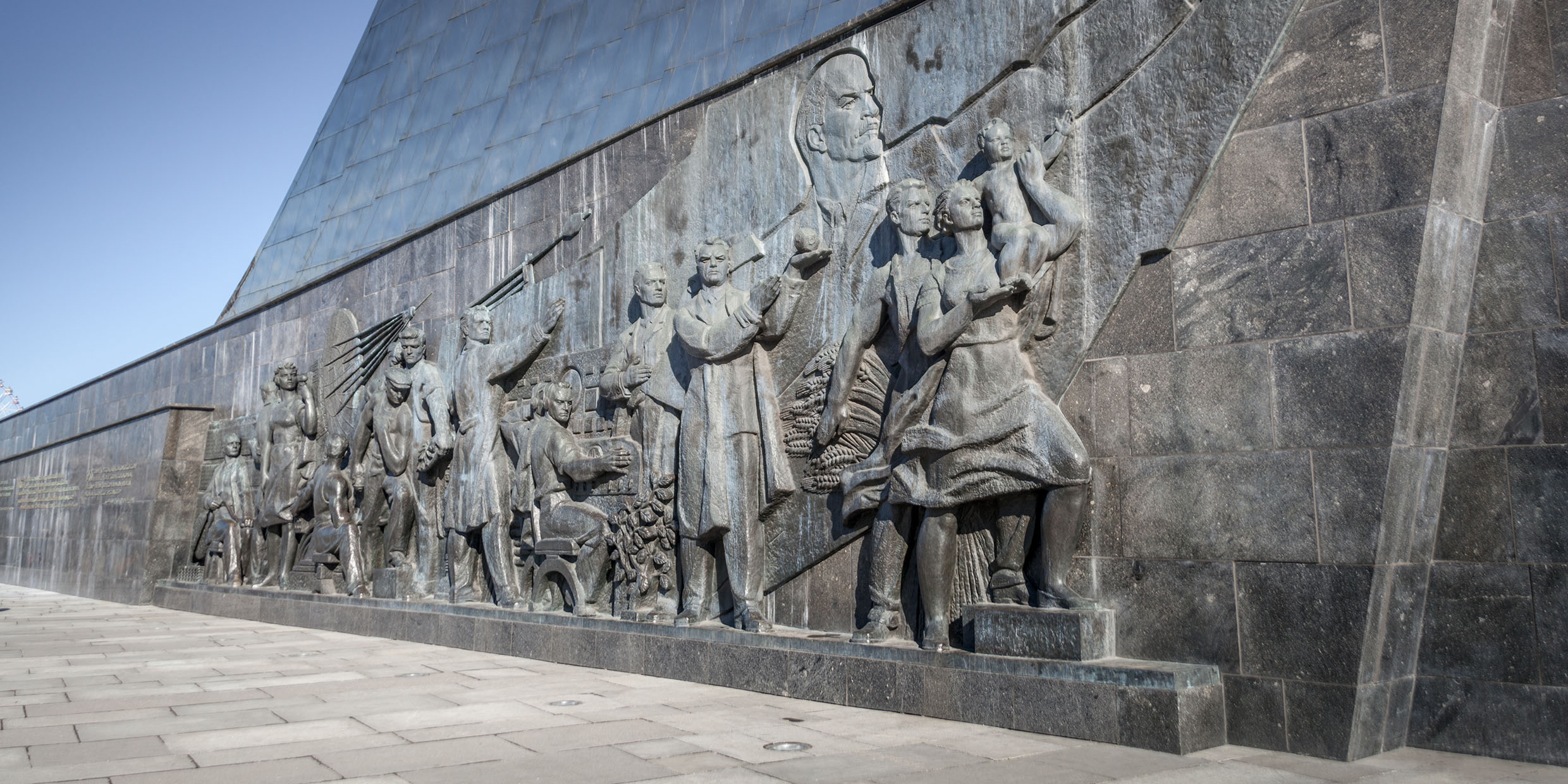I was recently at Grinnell College in Iowa talking with a group of talented young nature writers. They had read a couple of my books, and generally approved of the way I tried to relate science to human values. However, they took me to task for what they perceived as condescension towards astrology, crystal therapy, parapsychology, and other New Age superstitions.
Philosophy
Will we always be lost in the chasm?
On the shelves of my college library, the biographies of Teilhard de Chardin rest between those of the philosopher Jean-Paul Sartre and the mystic Simone Weil.
Silicon chauvinism strikes
HAL: Greetings, young PAL, it’s good to hear from you.
In search of the soul
Writing about genetic experimentation in the New York Times, columnist Nicholas Wade says, “The secret of life is out: There is no secret, no black box that protects the biological machinery from manipulation nor a soul undefilable in the chemist’s retort.”
Elementary particles — is that all there is to us?
Songwriter Meredith Willson thought he knew why the sky is blue and birds sing. Nobel-prizewinning physicist Steven Weinberg thinks he knows too.
Is science really necessary — or is it just a means to an end?
Elsa Einstein was once asked if she understood her famous husband’s theory of relativity. She replied, “Oh, no, although he has explained it to me many times — but it is not necessary to my happiness.”
The psalmist and the astronomer
“Ancient religion and modern science agree: We are here to give praise. Or, to slightly tip the expression, to pay attention.” So says novelist/critic John Updike in a new book on The Meaning of Life compiled by David Friend and the editors of Life magazine.
Science’s silent partner
Glasnost! Perestroika! Solidarity governs Poland! The Hungarian Communist Party dissolves itself! These stunning political events will change the landscape of international science as Soviet and Eastern Bloc scientists begin to interact more freely with their Western counterparts.
In search of the soul
“I sing the body electric,” wrote Walt Whitman. Let the poets praise the body’s galvanic spirit, moral incandescence, and currents of courage and passion. To physician-essayists Richard Selzer and Frank Gonzalez-Crussi goes the task of chronicling the body’s short circuits, frayed insulation, blown fuses, and dead batteries.








